You know that feeling when you’re just… tired? Not sleepy, exactly, but like your brain’s running in slow-mo and your body’s stuck in second gear. (I’m looking at you, Wednesday afternoons.) If you’re anything like me, you’re probably thinking, “Ugh, maybe I need more coffee.” But what if I told you, it might actually be a hydration thing? Seriously—sometimes the fix is as simple as grabbing that bottle of water sitting on your desk and figuring out how it stacks up in regular cups.

But wait—cups? You’ve probably heard the classic “8 cups a day” rule, or maybe you’ve caught yourself wondering, “How many cups was in that huge bottle I just chugged after my workout?” I used to shrug off tracking water by cups. Who has time to measure, right? Turns out, knowing how your 1 bottle of water to cups translates makes hitting your hydration goals way easier (and, yes, kind of satisfying).
Why Even Bother Counting?
Here’s a not-so-secret secret: doctors, coaches, even our grandmas love talking about “cups” because it’s just… simple! Cups are relatable. Cups are everywhere—in your kitchen, at coffee shops, even in those recipes you’ve been saving since January but still haven’t baked.
Measuring by cups turns the guessing game into something you can actually picture. That’s super helpful if you’re a numbers-nemesis like me, or if, like my sister, you’re halfway through a spin class desperately trying to recall if you’re behind on water for the day.
Have You Noticed: The Slip of Dehydration?
Let’s be honest, it’s way too easy to drift from “I’m fine” to “why does my head feel like a deflated soccer ball?” Even a little dehydration can zap your focus, mess with your mood, and make your muscles feel heavy. Been there… too many times.
Quick story: Once, after a long hike on a sunny Saturday, I realized I’d barely sipped my water. Next day: sore, cranky, and battling the dreaded brain fog. Hydration matters! Weirdly enough, it’s not just about how much water you drink—it’s about tracking it in a way that makes sense to you.
So… What’s Actually in That Bottle?
Okay, time for the big reveal: most of those standard little water bottles you see everywhere (I’m talking the ones you grab by the handful before soccer practice or toss in your gym bag) are around 16.9 ounces. But what does that even mean? In “cup math,” 8 ounces make a cup—so yes, that standard bottle is just a smidge over 2 cups (to be precise, about 2.1 cups) according to this easy conversion.
So, your 1 bottle of water to cups? Usually, it’s two. Easy! Okay, but what about those monster bottles some folks haul around like trophies? Let’s break it down for different sizes (because—spoiler—you’ll see all sorts out in the wild).
What About the Big Bottles? The Tiny Minis?
| Bottle Size (oz) | Cups (approx.) | When You See This |
|---|---|---|
| 12 oz (mini) | 1.5 cups | Your kid’s lunchbox, quick park sips |
| 16.9 oz (standard) | 2.1 cups | Everyday grab-and-go, most vending machines |
| 20 oz | 2.5 cups | Big workouts, extra-thirsty days |
| 32 oz | 4 cups | Hiking, “I want to refill less often” types |
| 1 liter (about 34 oz) | 4.2 cups | Serious hydration missions |
So next time you’re about to toss out an empty bottle, picture it refilled twice with your favorite diner mug—that’s your standard water bottle in cups!
If You Think in Liters (or ML) Instead…
Don’t worry—math doesn’t have to be scary. If you grew up with metric or travel or just have bottles labeled in milliliters, here’s something for you. A regular water bottle is often about 500ml. Since 1 cup is roughly 237ml, that 500ml bottle gives you just a hair over 2 cups as well. So, family is family… no matter which side of the metric/US cup divide!

Want more metric conversions? Check How much water is in a water bottle in liters if you’re staring at a 1-liter bottle and feeling lost. And if you’ve ever tried to follow a baking recipe from Europe (or, ahem, TikTok), you know how handy it is to have How much water Is in a water bottle in ml bookmarked for fast answers.
Why Do We Care So Much?
Funny thing—most nutrition advice feels super complicated. But the science? It’s usually straightforward. Water is the silent MVP: flushes toxins, lubricates joints, keeps skin and brain happy, may even help curb those “am I hungry or just bored?” snack attacks research on water and appetite.
Here’s the real deal. Our bodies are 50-70% water. Even your joints—almost 80% water! Skimp, and you’ll probably feel it. Everything drags. But drink enough? You’re basically gifting yourself:
- Better focus (bye brain fog!)
- Smoother skin, fewer “creaky” moments
- More energy for everything from work to workouts
I used to get afternoon headaches all the time… until I realized the culprit wasn’t lack of coffee or food. Just good old-fashioned dehydration. True story!
How Many Bottles Is “Enough” for a Day?
Here’s another mystery: the recommendations change ALL the time. Women are often told to aim for about 11.5 cups a day, men closer to 15.5 cups (that’s the Mayo Clinic’s simple advice). Sounds huge, right? But if we’re talking in bottled terms, it’s less scary.
If you usually use a classic 16.9-oz bottle (2.1 cups each), that’s about five to six bottles for the average woman, seven or so for the average man. Finish one in the morning, another at lunch, one with your workout… suddenly, it’s not overwhelming.
For me, hitting those numbers felt impossible until I started lining empty bottles on my counter as a visual. (Yes, it annoyed my roommate. Yes, it worked.) You do you!
Is More Always Better?
Not exactly. Too much water (it happens) can mess with your system. Nobody wants to spend their day running to the bathroom or risk diluting their body salts. Thirst is a great indicator. If you’re drinking for hours and still parched, you might be overdoing it—or, hey, maybe you just had a super salty ramen lunch.
Make It Easy: Hydration Hacks
Honestly? No one wants hydration to turn into a daily calculus assignment. So…keep it fun:
- Use a bottle that matches your daily rhythm. If you’re out running errands all day, the 1-liter “giant” makes sense. Homebody? The smaller bottles make checking off your cups feel like tiny victories.
- Hate plain water? Add lemon, berries, cucumber slices—whatever makes you go, “mmmm.” It still counts.
- Got the metric blues? Just bookmark How much water Is in a water bottle in ml and relax; conversions sorted.
- Make it visual: move a bead, flip a cap, or (my favorite) stack bottles side by side.
And always, always forgive yourself for those off days. Hydration isn’t about perfection. (Trust me, some days are three-cup days… that’s okay.)
When Cups Matter in Real Life
Cups aren’t just for tracking hydration—they save the day in the kitchen, too. Ever had a recipe call for a cup of water and only had a half-drunk bottle nearby? Here’s your easy fix: a standard 16.9-oz bottle is, again, right around two cups. Pour half in, put the rest aside—no need to eyeball and hope for the best.
Bakers especially need those conversions right (my banana bread has suffered too many times from “guessing” how much water’s in a bottle!). You do NOT want soggy muffins.
If you ever get stuck translating a recipe, sometimes a little extra help helps—a how much water is in a water bottle in liters chart can mean the difference between dinner saved or dinner ruined.
Fun Comparison: Bottles or Cups?
| Tracking Method | Upside | Downside |
|---|---|---|
| Bottle-based | Super portable, no spillage, easy to carry everywhere | Sizes vary – sometimes the math gets tricky |
| Cup-based | Clear for recipes, matches most health advice | Fiddly if you’re on the move |
Honestly? Use whichever makes you actually remember to drink. There are no prizes for perfect math—just happy, hydrated bodies.
Your Hydration Game Plan
Let’s wrap this up like friends chatting over, well, cups of water. Here’s what matters:
- Most regular bottles? You’re holding about 2 cups.
- Need to track by the numbers? Multiply bottles or convert with a quick check on how much water Is in a water bottle in ml.
- Don’t stress over hitting perfection—hydration is flexible, just like you.
- “Listen to your thirst” isn’t just some old saying. If you feel cranky, frazzled, or worn out, try a glass of water before you reach for snacks or caffeine.
- For busy days (or forgetful brains), lay out the bottles you need in the morning and move them as you go.
Honestly, the best part is how 1 bottle of water to cups cuts the confusion. Whether you track in ounces, liters, cups, or the number of empties collecting by your sink, the only rule that truly matters is: drink when you need to, enjoy every sip, and have a little empathy for the tired version of yourself who started this article.
So—what’s your favorite way to track water? A line of empty bottles, a kitchen cup tally, or something totally wild? Whatever your style, here’s to drinking up, feeling better, and moving through your day with a little more bounce.
Go fill that cup (or bottle)… You got this!

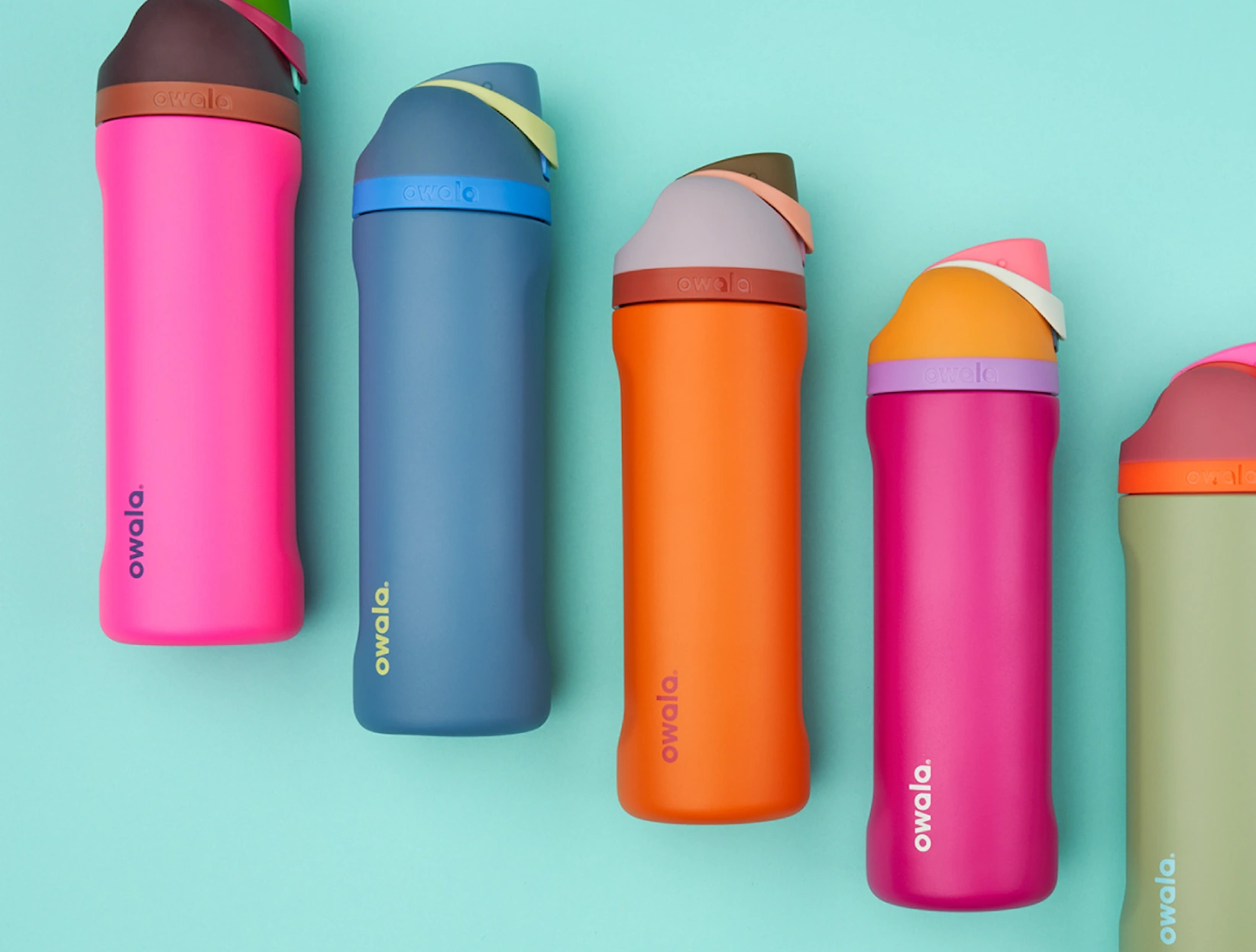


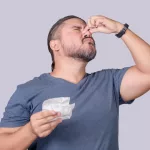
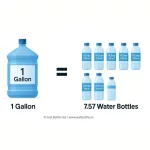
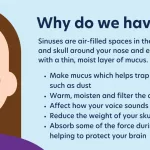

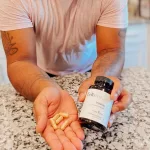
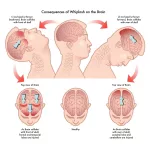


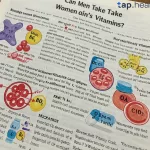
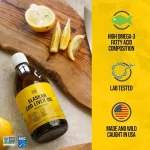

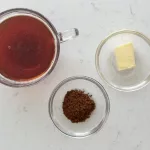
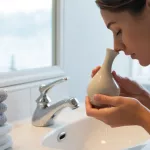
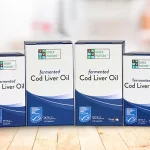
Leave a Reply
You must be logged in to post a comment.